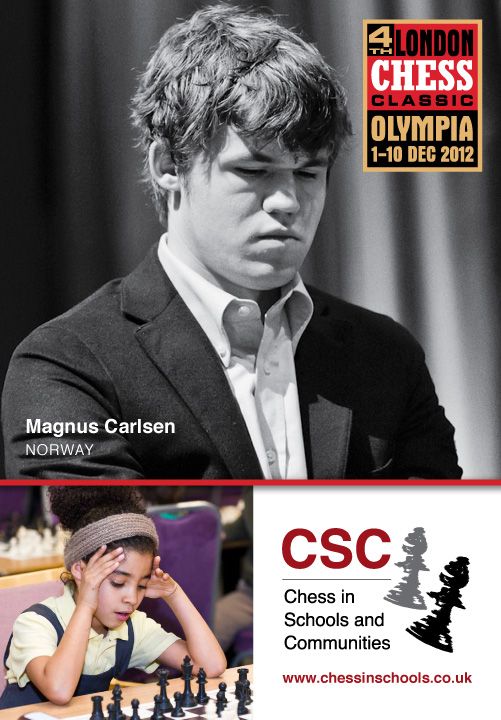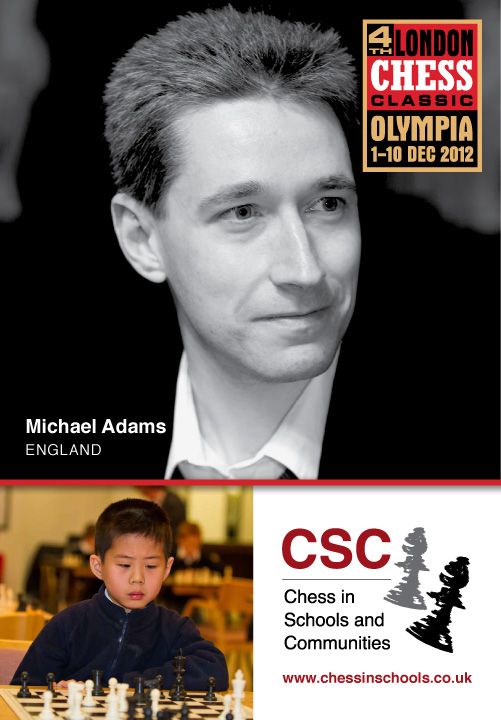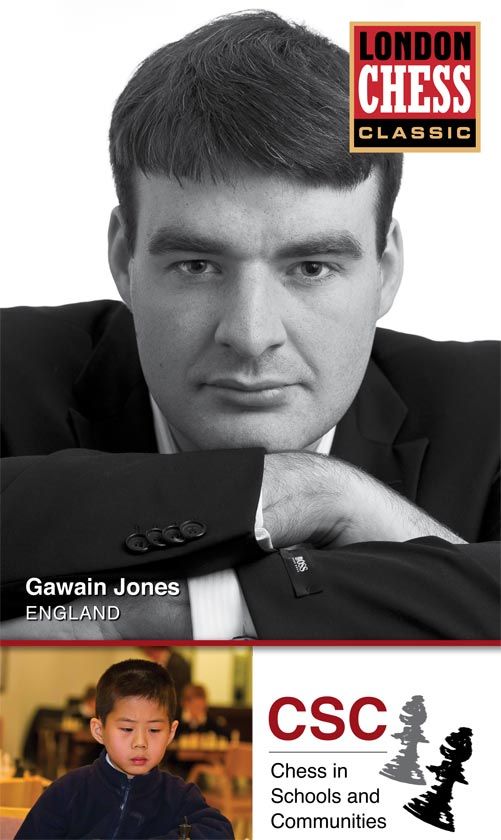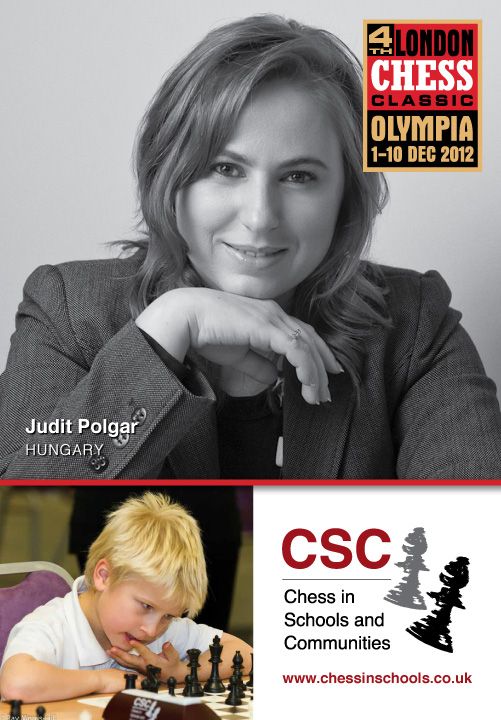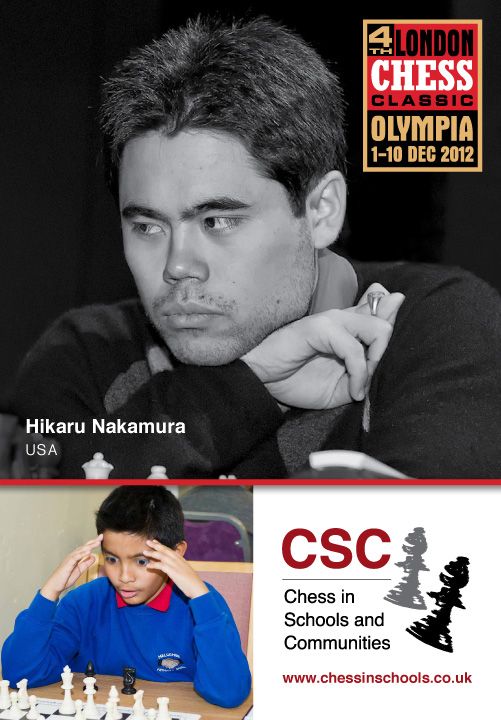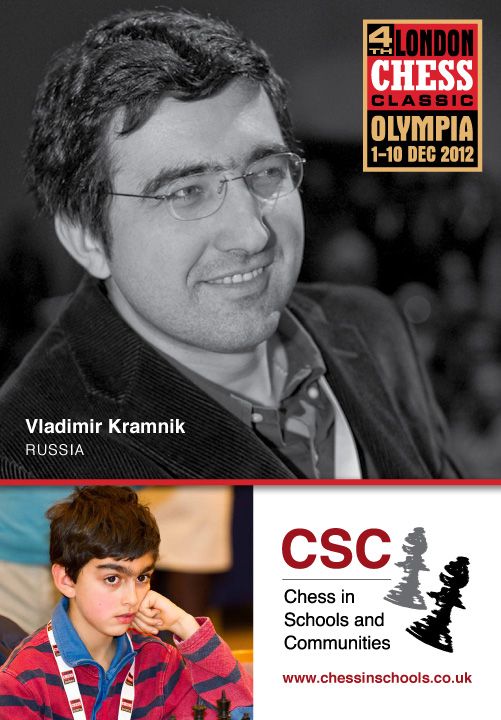Throughout this week, I'll be looking at
Amateur to IM - the debut book by International Master Jonathan Hawkins.
 |
| . |
Recently published by
Mongoose Press, the book sports a particularly eye-catching cover that will hopefully stand out from the crowded bookstalls.
I must declare an interest in the book. I am the editor and I worked very closely with Jonathan throughout the project. Believe me, Jonathan put a
lot of effort into this volume; it was definitely
not a proverbial case of writing a book over a weekend.
Instead of a review, this week's articles should be considered as a set of previews.
So, what is the book about? How exactly did Jonathan rise through the ranks and what are the ''proven ideas and training methods'' on offer?
As the cover blurb explains:
''The secret was knowing what to study and how to learn as efficiently as possible. Focusing his attention firmly on the endgame, Jonathan devised a number of building blocks and identified a number of very important areas of study. The result of his hard work was a meteoric rise through the ranks, as he became firmly established as a prominent GM killer on the English tournament circuit.
These pages reveal the secrets of his notebooks for the first time. IM Hawkins presents special material aimed to help you become a much better practical player, one armed with a deeper understanding of key aspects of chess.
A careful study of the lessons presented in this book should enable the chess student to gain a significant improvement in both performance and rating.''
Here's the list of contents:
Introduction
Part 1
Thinking Techniques
Lesson 1
Reaching the Horizon – Reference Points in
Calculation
Calculating with a goal in mind
Key squares in king and pawn endgames.
Opposition and outflanking
An arsenal of positions
Summary
of Ideas
Theoretical
Notes: opposition, distant opposition, outflanking
Lesson 2
A Short Introduction to Planning in the Endgame
Basic winning methods
Identifying long-term goals
Promoting our pawns
Attacking the enemy structure
Lesson 3
Capablanca’s Pawn Endgame
Combining planning with calculation
Mastering key positions
Building
blocks
Reserve tempi
Critical
squares
Three training
games
Summary
of Ideas
Theoretical
Notes
Lesson 4
Step by Step – A Guide to Little Plans
Optimizing the pieces
Understanding the concept of ‘little plans’
Summary
of Ideas
Part 2
Principles and Essential Theory
Lesson 5
Essential Rook Endgames
Lucena position
Philidor’s sixth rank defense
Passive bank rank defense
The geometry of checking distance
Short-side defense
Cutting
the King
Building
a bridge
Summary
of Ideas: Simple Defensive Procedures; pawn on the fifth rank; pawn on the
fourth rank
Theoretical
Notes: Lucena position with a rook’s pawn; Philidor denied; knight’s pawn on
the fourth rank
Lesson 6
Bishop and Pawn Connections – Dynamic Defense
R+P vs. B+P with blocked pawns
Fortresses
Positional ideas
Simplification into a known drawn endgame
Illustrative
game: Sasikiran – Carlsen
Summary
of Ideas: ‘solid’ and ‘passive’; fortress
Lesson 7
Pawn Walls Against Bishops
Restraining a bishop with a pawn chain
B+2P vs. B, with opposite-colored bishops and connected
pawns
Summary
of Ideas
Illustrative
game: Akobian – Howell
Theoretical
Notes: defensive set ups
Lesson 8
Dropping Down the Anchor
Opposite-colored bishop endgames
The anchor
Zugzwang and sacrifice
Breakthrough
The
psychology of defense and attack
Illustrative
game: Kramnik – Adams
Summary
of Ideas
Theoretical
Notes
Lesson 9
Back To Reality – Other Minor Piece Endgames
Bishops of the same color
The theory of bishop and vs. bishop with same-colored
bishops
Bishops dominating
Illustrative
game: Karpov – Susan Polgar
Summary
of Ideas
Theoretical
Notes: bishop and pawn vs. bishop
Lesson 10
Exercises!
Part 3
Endgame Explorations
Practical
games
Endgame tabiyas
Endgame Exploration 1:
My Favorite Endgame
Rook and
bishop vs. rook
Summary
of Ideas
Theoretical
Notes: Lolli’s two positions
Endgame Exploration 2:
A Long Discussion of a Short Endgame
Opposite-colored
bishops
Summary
of Ideas
Theoretical
Notes: important discoveries
Endgame Exploration 3:
Skeleton of the Minority Attack - Endgames in the
Karlsbad Structure
QGD: Exchange Variation
Important structures
Illustrative game: Arkell
– Kiriakov
Summary of Ideas
Theoretical Notes: minority
attack; transformations
Endgame Exploration 4:
Extra Pawn on the Queenside
Part 1 - Positional Advantage
Rook behind passed
pawns
Zugzwang
Infiltration
Summary of Ideas
Theoretical Notes: Kopaev
Line; Alekhine Line
Endgame Exploration 5:
Extra Pawn on the Queenside
Part 2 - Walking the Borderline
Steckner position
Dautov position
Unzicker position
Dvoretsky position
Zugzwang position
Skewed Dautov position
Summary of Ideas
Theoretical Notes: more
on the Steckner position
Endgame Exploration 6:
Ulf on the Warpath!
Development in the Endgame
Illustrative games:
Andersson – Marovic
Andersson – Hort
Andersson – Robatsch
Andersson – Nyback
Summary of Ideas
Theoretical Notes: knights
against passed pawns; L-barrier; pawns on the seventh rank
Endgame Exploration 7:
Positions for Analysis
Solutions to Exercises
Follow-up Solutions
Final Thoughts
Bibliography
 |
| Jonathan demonstrating a crushing victory over GM Conquest |
|
|
|
|
Appetite whetted? Stay tuned for more on
Amateur to IM...
